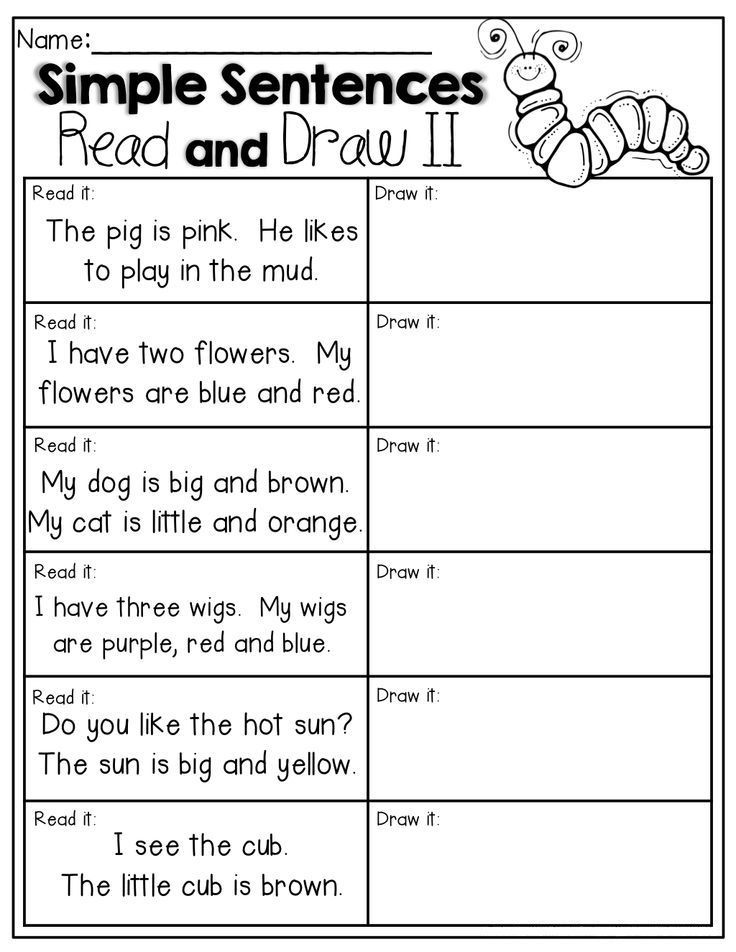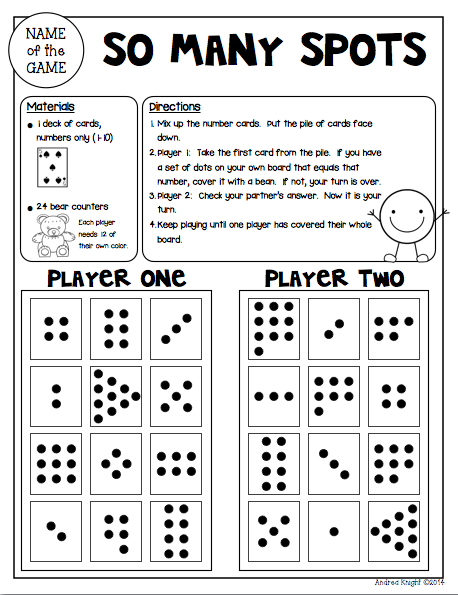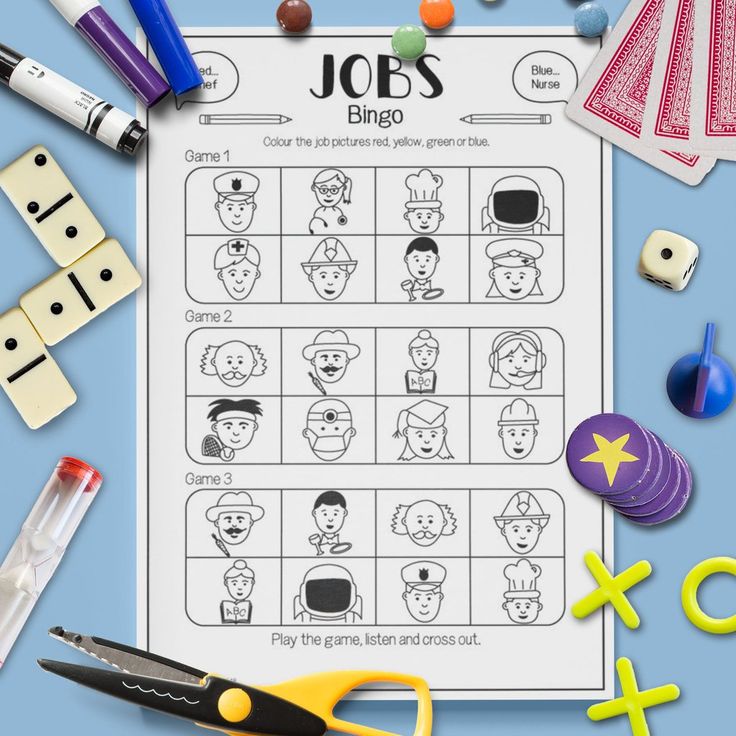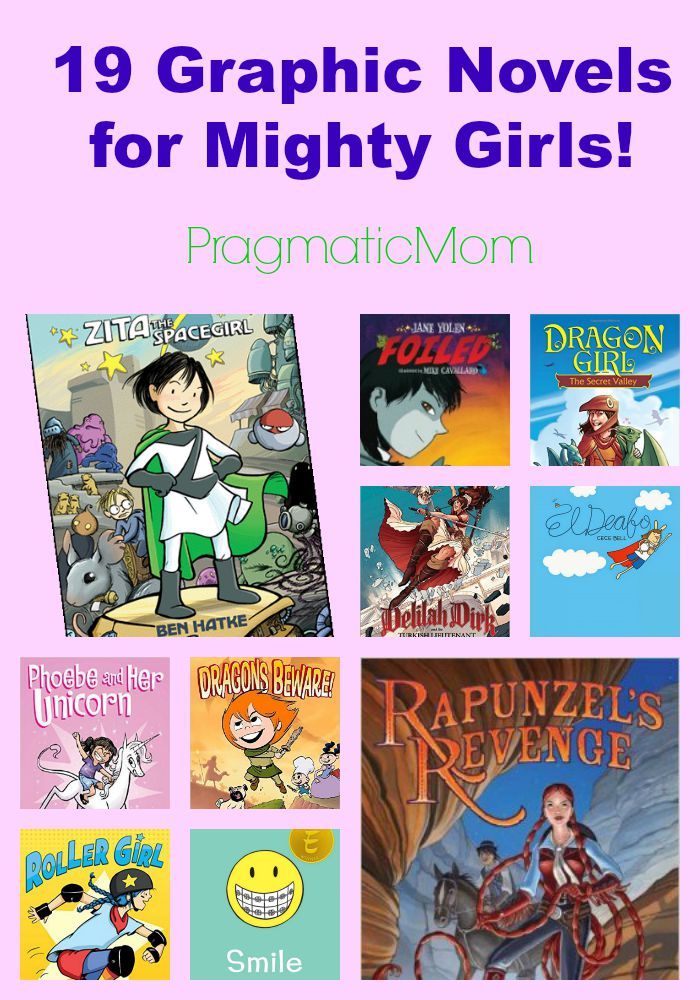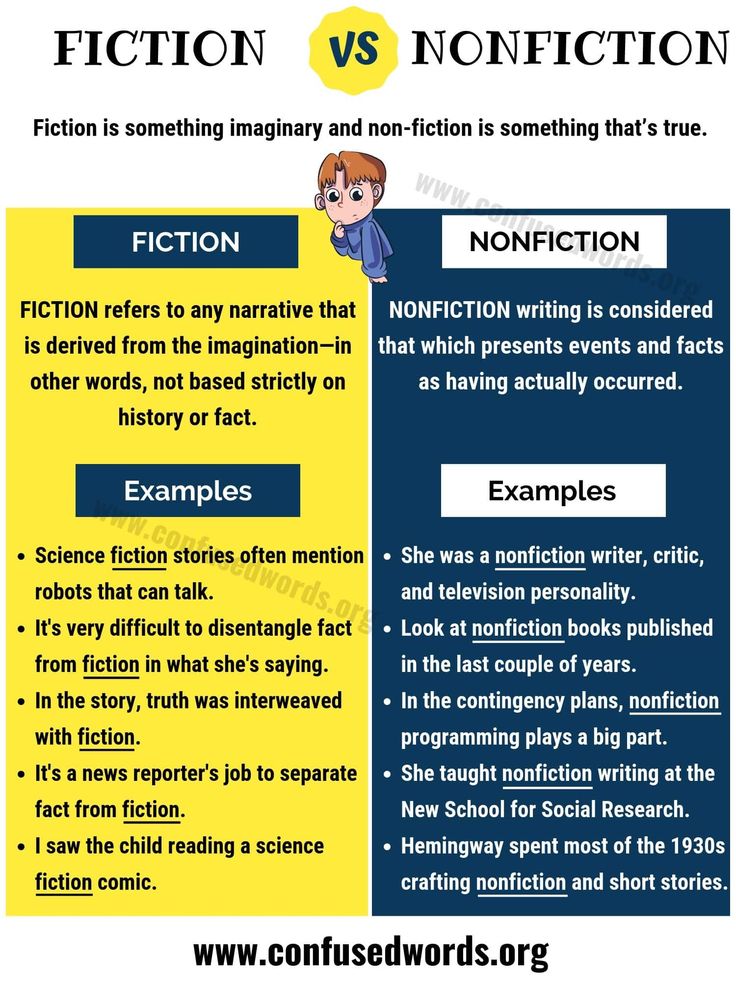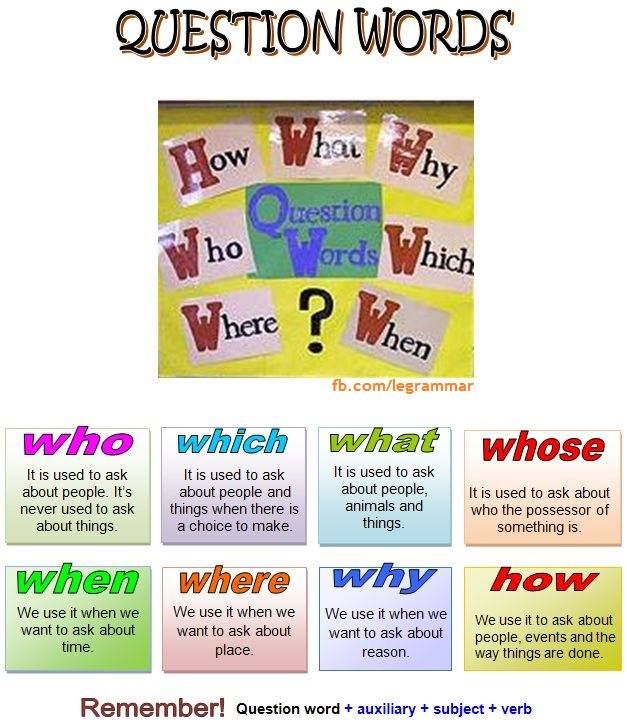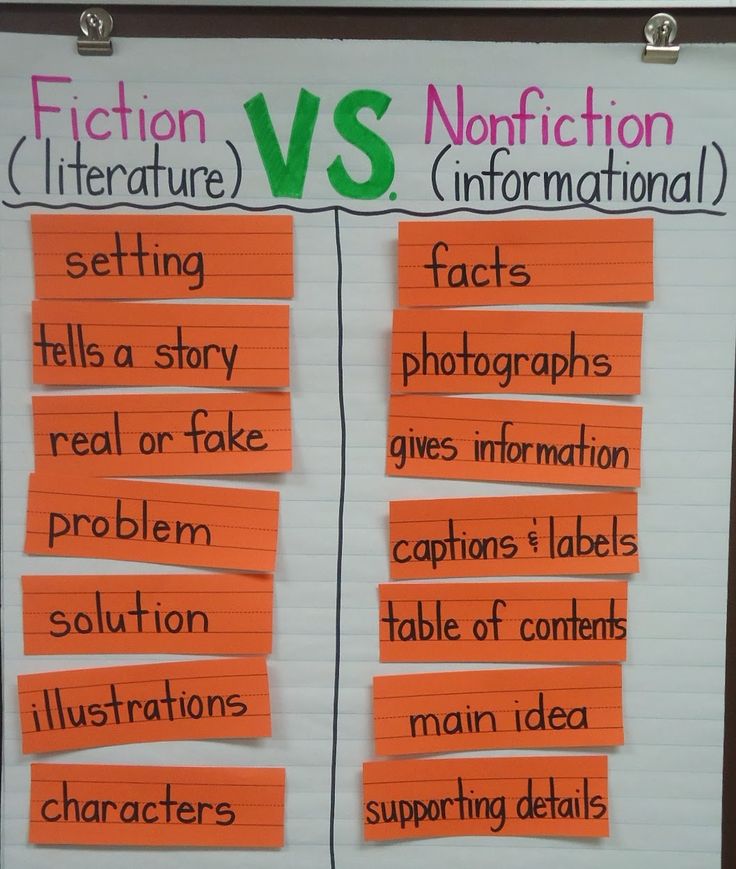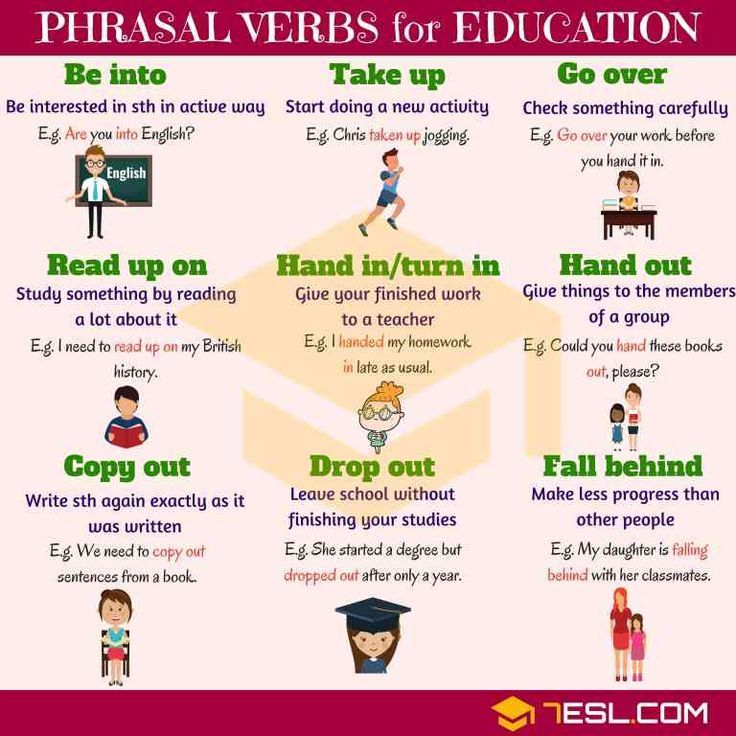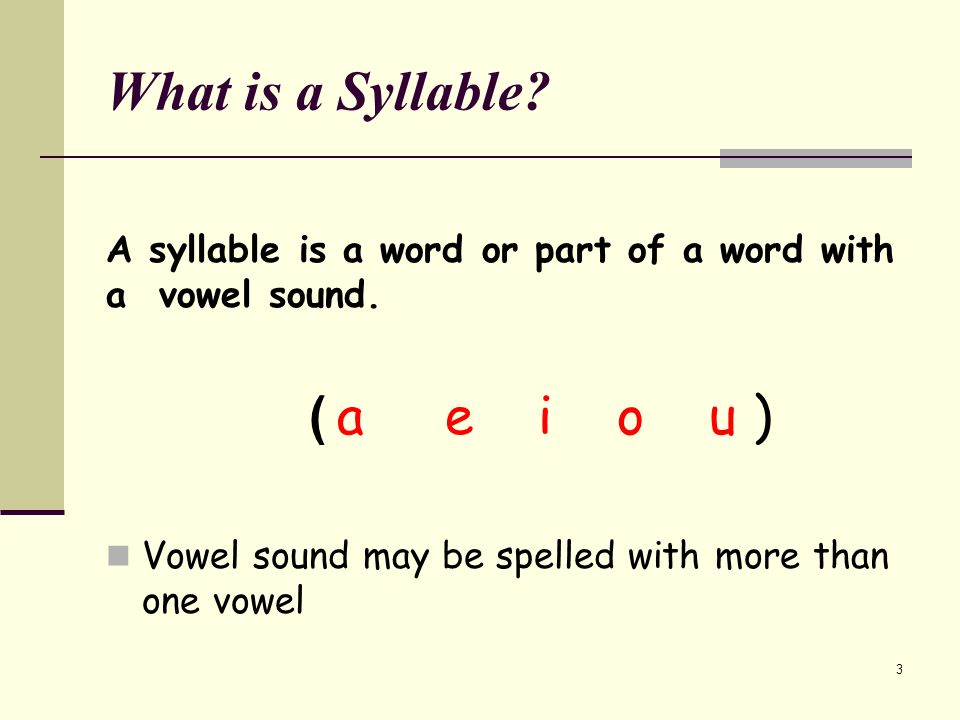Colors for preschoolers
Color Activities for Preschool and Pre-K
Here are 10 fun, hands-on activities for exploring colors in Pre-K. Pre-K children don’t need a coloring worksheet to learn colors. They can learn through exploration!
Color Flags
I made these flags from sheets of felt, cut in half, and hot-glued them to dowel rods. We use them with color songs, such as “Colors All Around” and “A Rainbow of Colors”.
Gummy Bear Song (by Dr. Jean)
A fun song for teaching colors: read the post at this link and get the printable: Gummy Bear Song
I See Colors Book
Make a layered book by folding it where each page is a little longer than the one before. Each page has a different color with the words “I see red” or “I see yellow”. Children draw pictures (with matching color crayon) on each page, or cut out pictures from magazines to glue in the book.
You can also print out this Colorful World book for children to draw pictures in or glue magazine pictures.
Download: Colorful World Book
Graph
Make a graph of children’s favorite colors. Each child chooses one Unifix cube of their favorite color. Stack each color to make an object graph.
Color Mixing with Water
Children experiment with mixing colored water. Use the primary colors (red, blue, yellow) to make new colors. Red, blue and yellow food color is added to water in a clear cup. Children use eyedroppers to get the colored water they want and mix the colors in a paint tray. We use plastic paint trays with 6 mini bowls. Children can dump their water into a bucket once they have filled the 6 bowls and start again. They can put drops of the colors they make on a paper towel, so that it can be saved.
Color Mixing with Paint
The children are given a mixing tray, paintbrushes, and cups of paint with red, yellow, blue, white, and black. The clear mixing trays in the photo were leftover packaging from Easter eggs, but anything can be used. The red, yellow, and blue paint are the primary colors used for mixing secondary colors (green, purple, orange).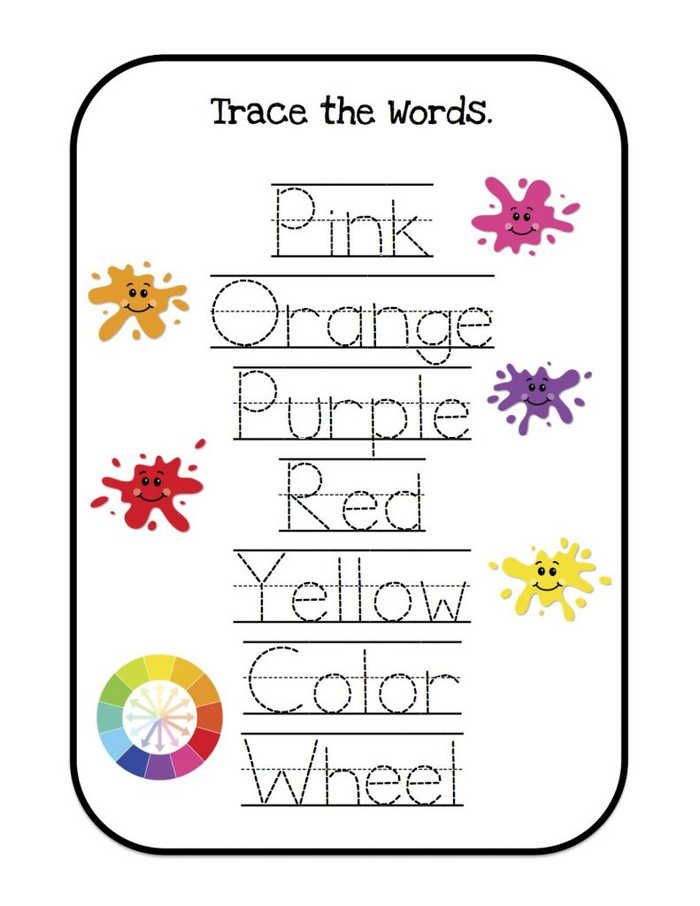 The white is for making tints and the black is for making shades of color. The children freely experiment, mixing any colors they chose.
The white is for making tints and the black is for making shades of color. The children freely experiment, mixing any colors they chose.
Colored Snack Spread
Children mix food coloring in white icing or soft cream cheese, spread the icing on graham crackers or a bagel half, and add a topping (sprinkles or semi sweet chocolate chips).
Color Collages
Have children search through magazines for red pictures, and glue them onto red construction paper. Do the same with each color and use these as posters for the classroom.
Another Idea: Cut fabric of different patterns and colors into 1-inch squares, and give children different colors of construction paper cut in half. Make sure to have several patterns of each color fabric (ginghams, stripes, florals, plaids, polka dots). Children glue the pieces of fabric onto the matching color of construction paper (blue fabric on blue paper, yellow fabric on yellow paper, etc.) These can be made into a book or quilt.
Color Dice Printable
I made these cards that will fit into the Carson Dellosa Roll & Learn Pocket Cubes (Item #CD-140002).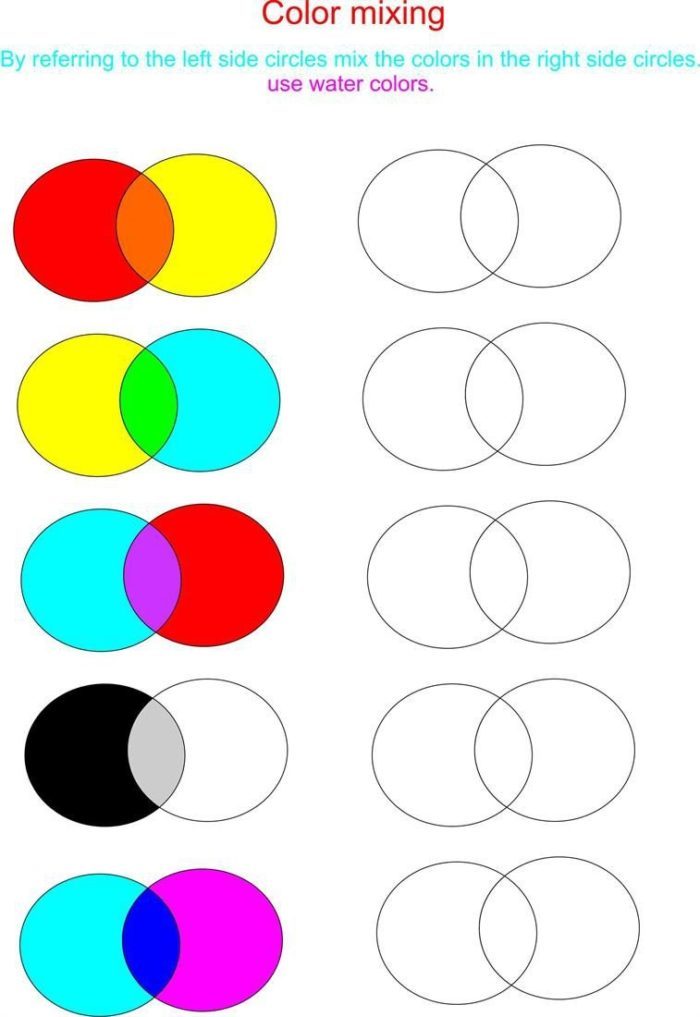 You can also use this printable to make your own dice by recycling a small Priority Mail box or other small cardboard box. Cover the box with wrapping paper or bulletin board paper. Print out the dice printables, cut them out, and glue them onto the sides of the box.
You can also use this printable to make your own dice by recycling a small Priority Mail box or other small cardboard box. Cover the box with wrapping paper or bulletin board paper. Print out the dice printables, cut them out, and glue them onto the sides of the box.
To play: Children take turns rolling the die. When the die stops rolling, the child will look at the color on top, and find something in the room that is the same color.
Download: Color Dice Cards
Color Sorting Cups
Label clear punch cups with color names. Children sort a collection of small objects into the cups by color. Examples: crayons, small blocks, silk flowers, counting bears, ribbons, cloth pieces, colored rocks, leaves.
Color Bottles
Make color discovery bottles by putting colored water in a plastic sealed test tube or a drink bottle. Soap or oil can be added to the bottle for “special effects”. Color bottles also make an interesting decoration if placed on a windowsill or shelf.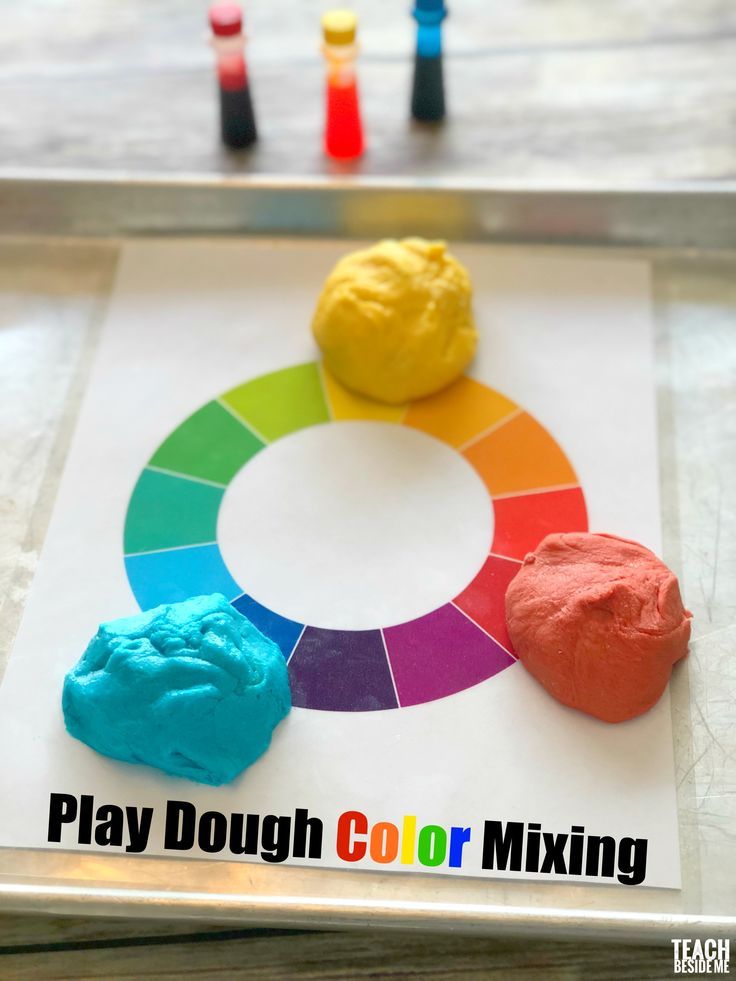
Color Search
Tell the children a color they are to find, and have them search around the classroom for one thing of that color. Everyone comes back to the circle, and the children share what they found.
Books
A list of color books for Pre-K children: Books
Songs
- Colors All Around, by Jack Hartmann: MP3 Download
- Gummy Bear Song, by Dr. Jean: MP3 Download and Activity
- Songs for Teaching Colors: MP3 Downloads
- Rainbow Colors: Mrs. Jones Room
- The Color Song: Mrs. Jones Room
- A Rainbow of Colors ~ We All Live Together Vol. 5, by Greg & Steve
More Resources
These packets for teaching Colors are available in my shop.
32 Color Activities for Preschool That Will Stimulate Their Minds
Getting to know colors is a fundamental part of early childhood education. Mixing colors, learning their names, and experimenting with color attributes should be part of an everyday routine in the preschool classroom.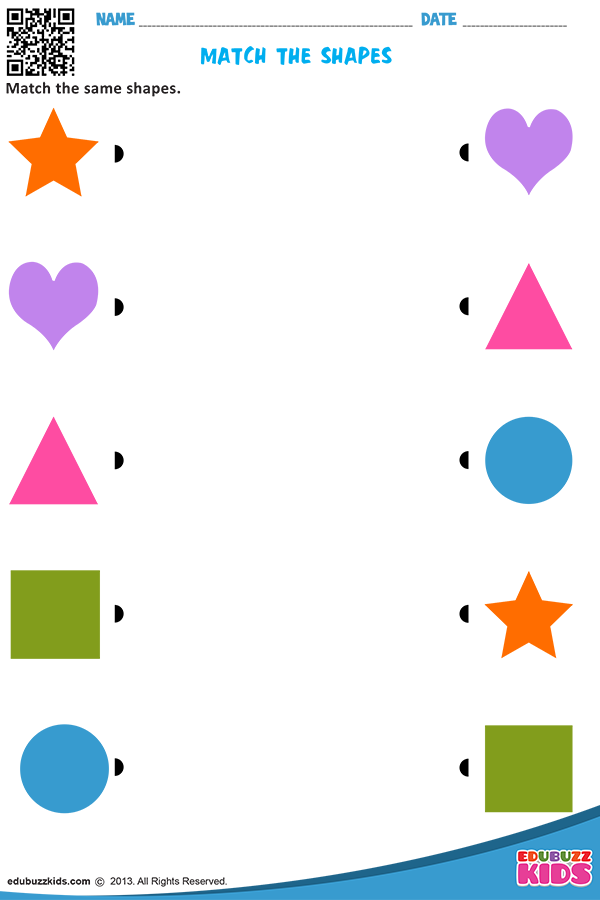 Even color patterning has a tremendous impact on a child's cognitive development. Have a look at these clever color recognition activities to help kids learn about colors and have fun at the same time.
Even color patterning has a tremendous impact on a child's cognitive development. Have a look at these clever color recognition activities to help kids learn about colors and have fun at the same time.
1. Four Corners with Colors
This fast-paced classic game will help kids think on their feet while having fun. Let them call out names to help them learn color names along the way.
Learn more: The Many Little Joys
2. Fine Motor Rainbow Ball
This game is perfect to help little hands with fine motor skills as they try and dig for different colored scarves in the ball.
Learn more: Still Playing School
3. Feed the Shark
Kids get to learn color sorting in this fun ocean-themed game. Paste colorful printable sharks to toilet paper rolls and let kids drop the fish in their mouths.
Learn more: Mommy Made That
4. Mail Game
Preschoolers can practice color sorting while pretending to deliver mail to their friends.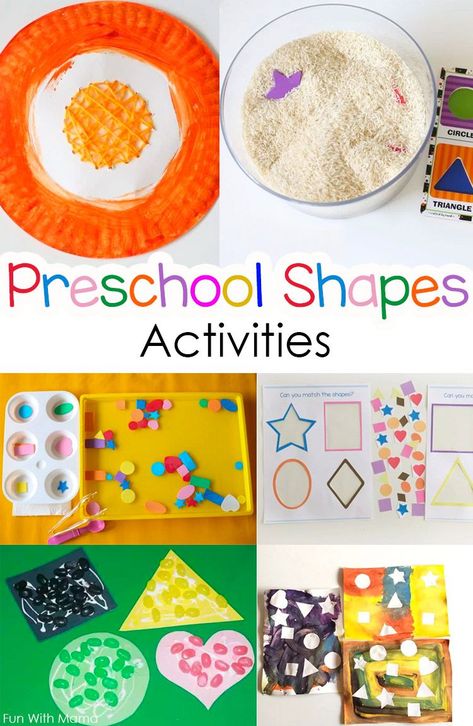 These envelopes and stamps are reusable and help kids learn to recognize color names.
These envelopes and stamps are reusable and help kids learn to recognize color names.
Learn more: Look We're Learning
5. Make a Rainbow Fish
Celery sticks make the perfect stamp for fish scales thanks to their half-moon shape. Use celery to print rainbow-colored scales on a fish outline for a cute color craft.
Learn more: Crafty Morning
6. Color Sorting Train
This game can help kids with recognizing colors but also with counting. Sing a fun train song while sorting colors into the different carriages.
Learn more: Fun Learning for Kids
7. Rainbow Word Matching
Mix clothes pegs with color names written on them and let kids rearrange the pegs in the right order. This is a quick color learning activity that can be replayed a few times.
This is a quick color learning activity that can be replayed a few times.
Learn more: Fantastic Fun and Learning
8. Color Mixing Hand Print
Using primary colors, students can paint a rainbow onto their hands and print it onto a piece of paper. This is a fun and messy way to teach them some basic color theory and make some cool crafts in the process.
Learn more: Heather Bellgardt
9. Color Rock Dominoes
Kids will love this DIY color game. All you need is some acrylic paint and a bunch of rocks and you are ready to go!
Learn more: The House that Lars Built
10. Bunny Tails Matching Game
Add some velcro dots to colorful bunny cutouts and pom-poms.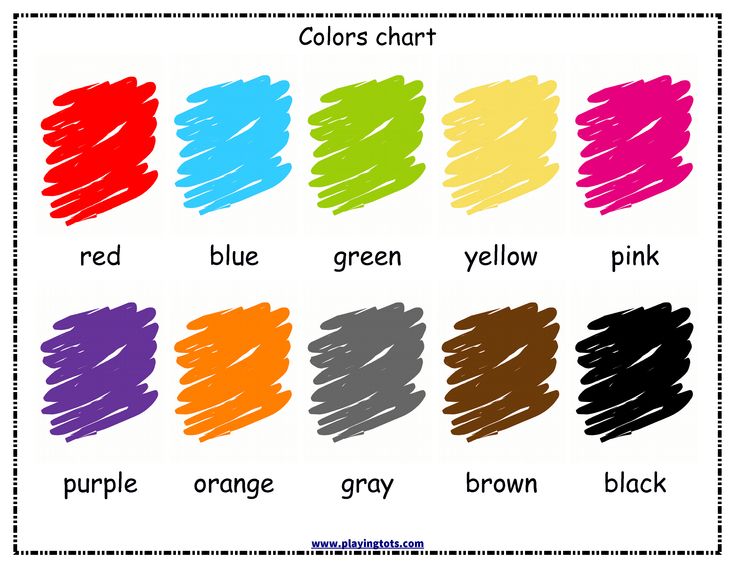 Preschoolers can match the tail and the bunny in this cute pom-pom color sorting game.
Preschoolers can match the tail and the bunny in this cute pom-pom color sorting game.
Learn more: From ABCs to ACTs
11. Matching Color Shades
Once kids have nailed basic color recognition, let them explore the different hues of colors by using paint sample cards. They can learn color attributes like light and dark in this color sorting activity.
Learn more: The Rigneys
12. Pom Pom Color Drop
Kids love fine motor games like pom drop. They use tongs and scoops to put the colorful pom-poms in different containers like tubes, ice cube trays, and muffin tins.
Learn more: Princesses, Pies, and Preschool Pizzazz
13. Rainbow Roll-n-Write
Use a die to tell kids in which color they should write a word. They can create a beautiful rainbow sentence or poem.
Learn more: Teachers Pay Teachers
14. Make an Ice Cube Pattern
Use plastic color ice cubes and an empty tray to create a grid pattern.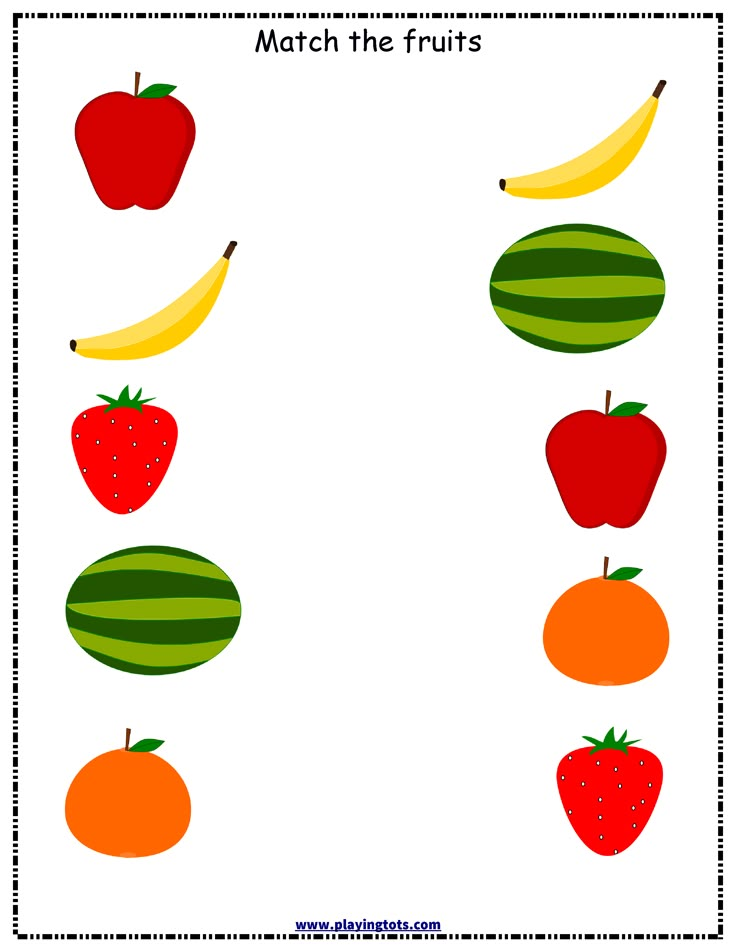 This is great for color recognition skills and concentration.
This is great for color recognition skills and concentration.
Learn more: Creciendo Con Libros Y Juegos
15. Color Sticker Matching
A favorite color activity amongst young learners is matching stickers to color boxes. This can be turned into a fun game or a reward system as kids sort stickers by color.
Learn more: Little Family Fun
16. Magic Rainbow Ring
To teach kids more advanced color theory concepts, create a magic rainbow ring. These kinds of color science experiments will captivate their young minds.
Learn more: Andrea Knight
17. Color Flip Book
Give each student their own flipbook showing the colors along with their names. Students can even color the images themselves or add stickers and pictures on the pages.
Learn more: Crystal and Comp
18. Baked Cotton Balls
Dip cotton balls into a flour and water mixture that has been colored with food dye. Bake the balls to create a hard outer coating. Kids will have so much fun smashing the baked rainbow once it has cooled down.
Bake the balls to create a hard outer coating. Kids will have so much fun smashing the baked rainbow once it has cooled down.
Learn more: Learn Play Imagine
19. Butterfly Color Match
This cheery color activity idea sees kids sorting colors onto butterflies they cut out and color themselves. Mix an assortment of items into a bowl and let kids sort the objects by color by placing them on the corresponding colored butterfly.
Learn more: No Time for Flash Cards
20. Color Bingo
Color bingo is great for color identification skills and helps kids to read the names of colors while playing. Use colored buttons to place on the bingo mats for some added fun.
Learn more: Fun With Mama
21. Dance Party
Nothing beats a good old-fashioned sing and dance party! Put on the best preschool color songs and have kids sing and dance before or after a color lesson.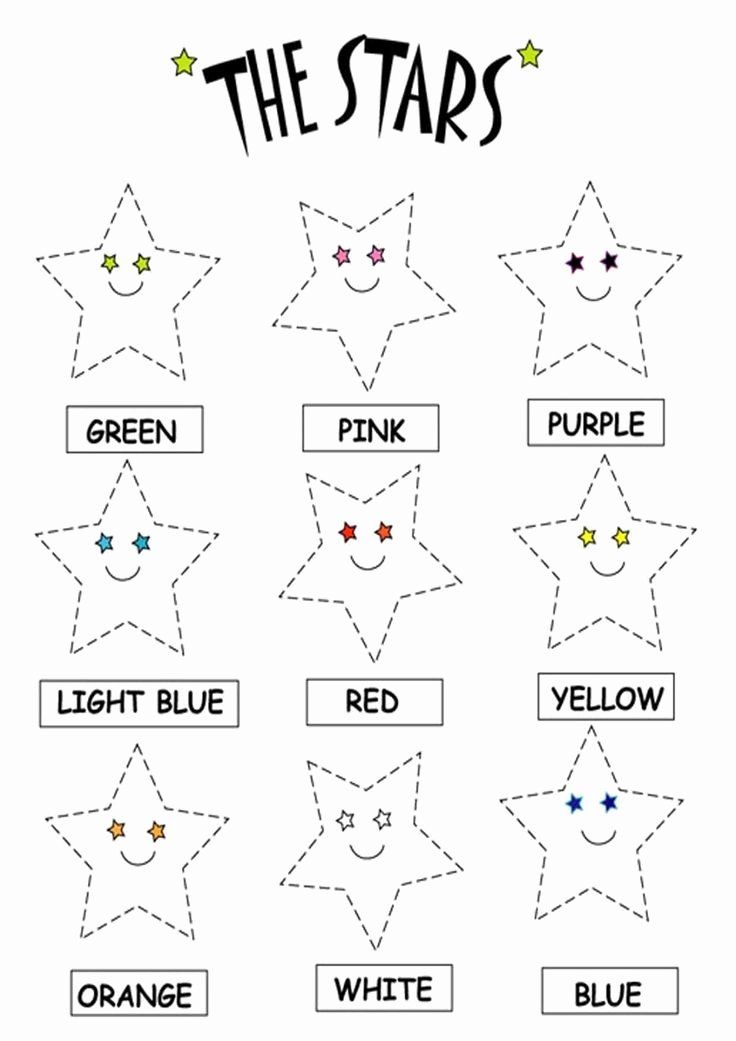
Learn more: Jack Hartmann Kids Music Channel
22. Gold Fish Sorting
Turn snack time into an opportunity for teaching colors with fun colored Goldfish crackers. Kids can sort them into colors and build shapes or spell out the names of the colors with the crackers.
Learn more: Making Mine
23. Pom Pom Race
This is one of the best color matching activities for busy preschoolers. Use straws in this pom-pom color sorting game that can be a race against the clock.
Learn more: Kindergarten Connection
24. Ice Cream Patterns
Use an ice cream scoop and plastic balls to create color patterns on the printable ice cream mat. This is a fun, easy, low-cost color activity perfect for the summer.
Learn more: Planning Playtime
25. Sort Toys by Color
This hands-on color sorting activity can be fun for the whole class. Let students race in teams to see who can place toys onto the correct color sorting mats the fastest.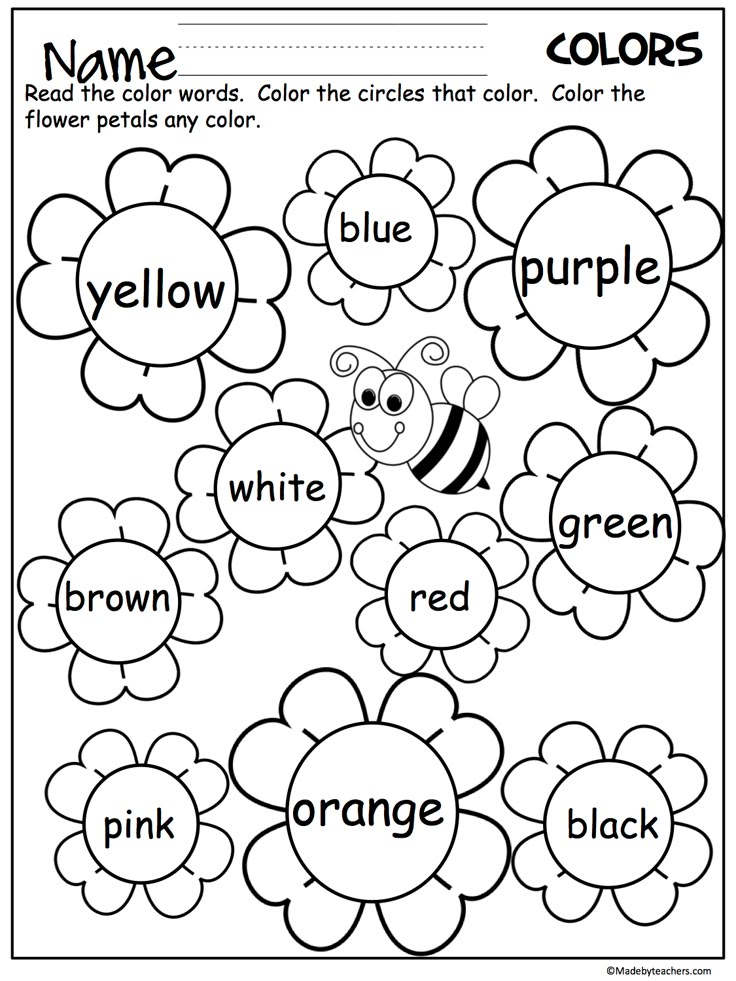
Learn more: Twins and Coffee
26. Fruit Loops Rainbow
Combine a color sort activity with some basic math skills. Students roll 2 dice to see how many of each color fruit loop gets added to the rainbow. The best part is eating the cereal after the rainbow is complete!
Learn more: Housing a Forest
27. Rainbow Fishing
This game is great for quiet time, allowing students to fish for different colors on their own. They should identify the colors as they go, or catch the fish of the color your prompt.
Learn more: Tatertots and Jello
28. Color Mixing Bag
This is a fun and easy color mixing activity to show kids how primary colors work together to create secondary colors like green, orange, and purple.
Learn more: Learning 4 Kids
29. Color Mixing Bottles
Experiments with color are tons of fun like this activity using only corn syrup, water, and a water bottle. Add the colored liquids to the bottle and see the magic happen as they combine to make a new color and go back to normal.
Add the colored liquids to the bottle and see the magic happen as they combine to make a new color and go back to normal.
Learn more: Preschool Inspirations
30. Mixing Colors With Clay
This is a simple color learning activity where kids can enjoy dough color sorting and mixing dough to create new colors.
Learn more: Mommy Evolution
31. Mouse Mixing Activity
Color learning activities can get messy! Use water balloons to mix some colors together and throw them on paper or canvas to make a messy artwork.
Learn more: Pre-K Pages
32. Spinning Tops Color Mixing
Let students create spinning tops with primary colors painted on them. As they spin them, students can observe how a yellow and blue top makes the color green when spun! Simply magical.
Learn more: Creative Family Fun
Learning colors: how to teach a child to distinguish colors and shades
It is generally accepted that by the age of three a child should be able to distinguish between primary colors.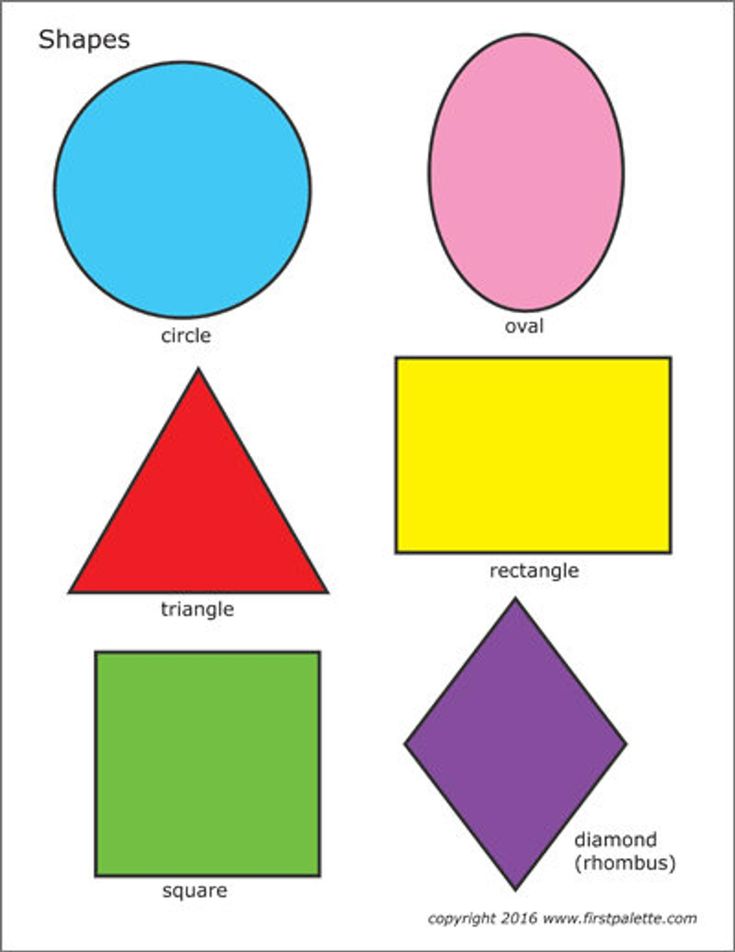 This skill is an important part of sensory development, it gives the child the opportunity to see the world in a new way. Often, if the baby does not know or confuse colors, parents have concerns about the pace of development of the child. Do I need to worry if the study of colors is not easy for a child? How to teach a child to distinguish colors? You will find answers to these questions in our article.
This skill is an important part of sensory development, it gives the child the opportunity to see the world in a new way. Often, if the baby does not know or confuse colors, parents have concerns about the pace of development of the child. Do I need to worry if the study of colors is not easy for a child? How to teach a child to distinguish colors? You will find answers to these questions in our article.
At what age does a child begin to see colors?
Studies have shown that children begin to perceive colors by 2-3 months. The first colors a child sees are yellow, orange, red, green. At this age, babies can already react differently to their toys of different colors (for example, a red rattle can please a child more than a blue one), look at bright pictures with enthusiasm. The baby's world quickly acquires colors, but if we talk about the ability to consciously find an object of the right color, then usually it appears in children at the age of one and a half. It is at this age that it is optimal to start learning colors in a playful way.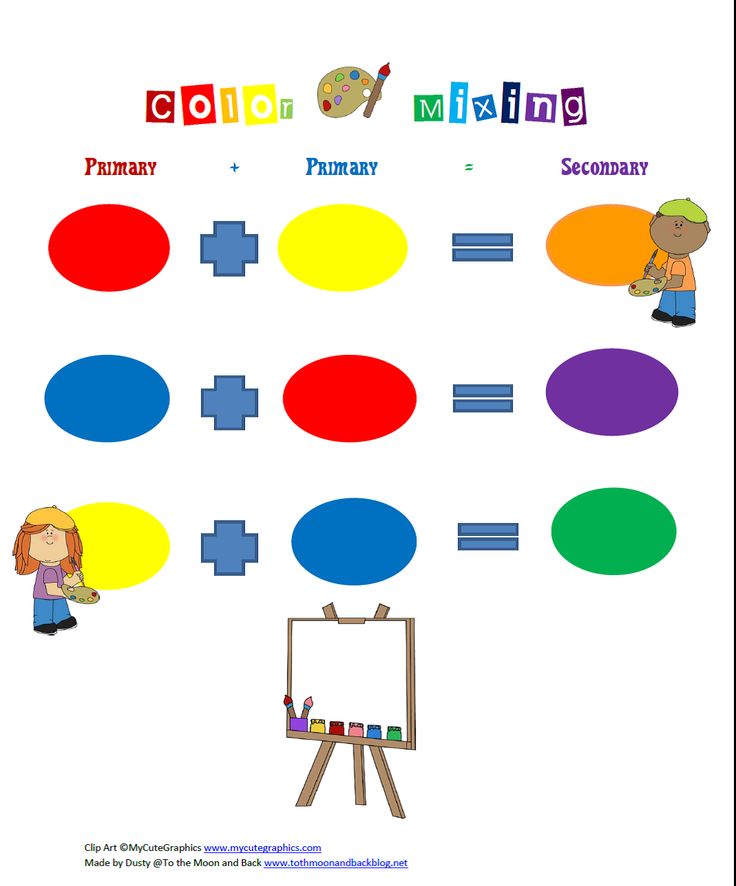 You can voice the names of flowers to a child for up to a year, this will only benefit him. But do not demand too much from the baby, remember that his brain is actively developing, and as soon as the time comes, you will certainly see the results.
You can voice the names of flowers to a child for up to a year, this will only benefit him. But do not demand too much from the baby, remember that his brain is actively developing, and as soon as the time comes, you will certainly see the results.
To see if your child is ready to learn colors by playing with building blocks, ask your child to point to a part that is the same color as yours. If the baby can find objects of the same color, then he is quite ready to memorize the names of colors.
Learning colors in everyday life
Children get most of their knowledge about the world in everyday life: communicating with adults and peers, observing nature, playing. The study of flowers is no exception. Sometimes a child does not need to do special exercises to learn to recognize colors. For this, it is enough that he hears the name of the color and associates it with a specific thing. During daily activities, voice for the child what color the objects are around.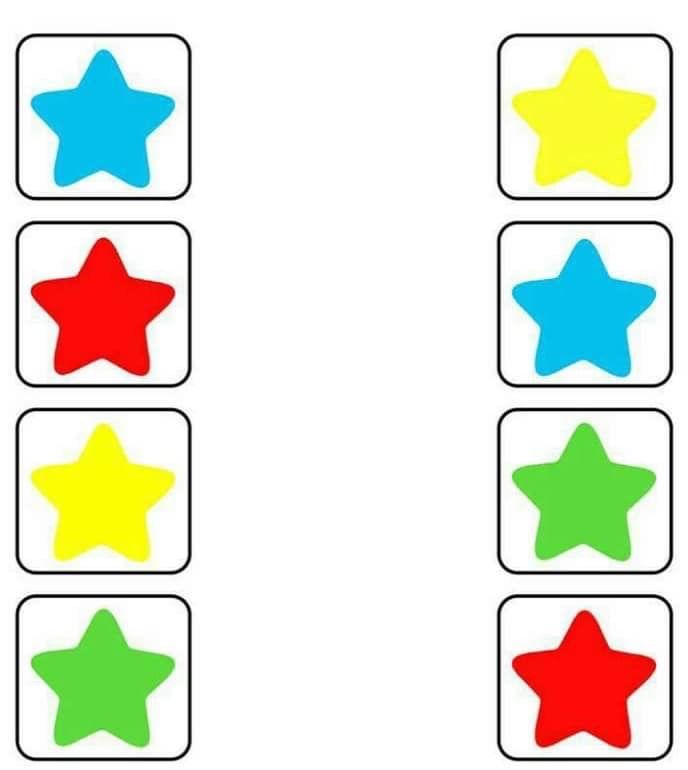 Whether you are drawing, playing with blocks, looking at cars in the yard, reading, swimming, eating, dressing - in each of these situations, you can gently teach your child to distinguish colors.
Whether you are drawing, playing with blocks, looking at cars in the yard, reading, swimming, eating, dressing - in each of these situations, you can gently teach your child to distinguish colors.
It is important that the study of colors does not turn into torture. You should not constantly test the child's knowledge by asking him which color is which. Soon the baby may just start to ignore you. “Let's paint the sun yellow!”, “What a delicious green cucumber!”, “Oh, where did the blue cube go? Here he is!" are examples of how you can gently help your child remember colors.
Games for learning colors and their shades
In order to get your baby interested in learning colors or to reinforce the knowledge they already have, you can offer your child to play special “color” games.
Color Sorting
Sorting games are designed to help children learn to group objects by color.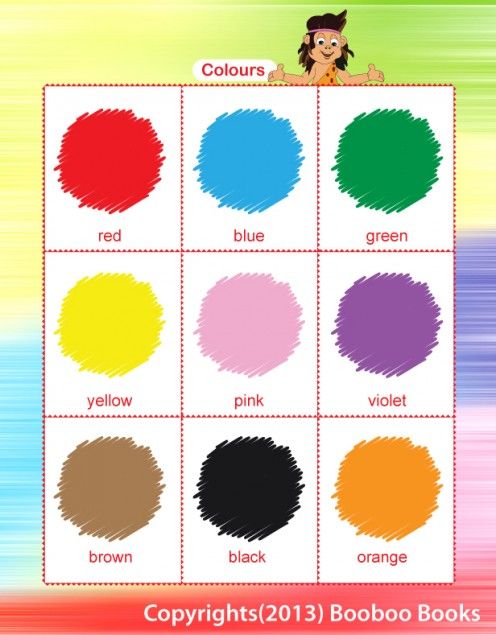 Any materials at hand can be items for sorting: toys, covers, designer parts, cubes, buttons, cereals, pencils, etc. You can organize the game in various ways:
Any materials at hand can be items for sorting: toys, covers, designer parts, cubes, buttons, cereals, pencils, etc. You can organize the game in various ways:
You can come up with as many options for sorting by color, it all depends on your imagination. So that the child does not lose interest in the task, connect the plot of the game with his favorite characters, toys (for example, a cat will eat from a yellow bowl, and a baby elephant from a red one, etc.).
Match a Pair
Help your child learn colors with the Match a Pair series. Ask your child to find a petal for a bug, a pot for a flower, a roof for a house, etc. You can present the baby with a deliberately wrong option and ask to correct the mistakes.
Pick up a patch
Show the child the picture with the missing details. Ask him to fill in the gaps (this can be done with plasticine, pom-poms, caps, cards, etc.).
Color Lotto
At the age of about one year, children begin to be interested in various lottos.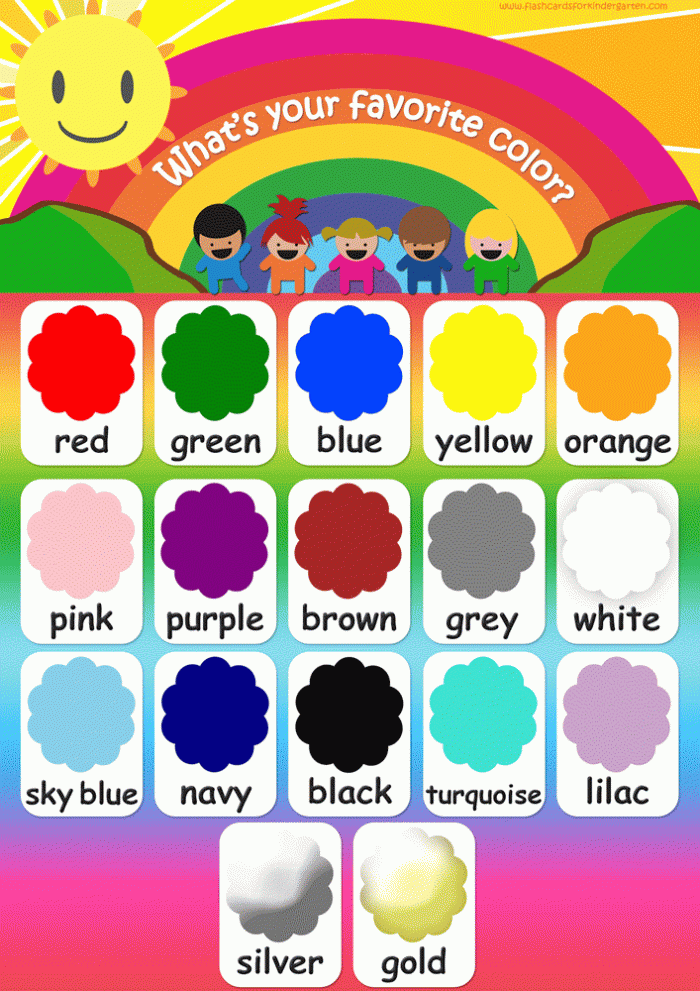 In the color lotto, the task is to collect pictures of the same color on the card.
In the color lotto, the task is to collect pictures of the same color on the card.
Colored Sensory Boxes
Create a sensory box for your baby where everything is the same color. During the game, the child will be able not only to remember the color that he sees, but also to develop fine motor skills, tactile sensitivity, thinking, and imagination.
Color days
This is one of the most interesting and popular ways to teach your child to distinguish colors. Its essence is that during the day (or several days) you draw the child's attention to objects of a certain color. For example, on a yellow day, you can dress in yellow clothes, play with yellow toys, draw a yellow chicken. Surrounded by one color, the baby will easily remember it.
Cards for learning colors
You can learn colors with your child using cards. With the help of Doman's "Colors" cards, you can introduce your baby not only to the main colors, but also to different shades.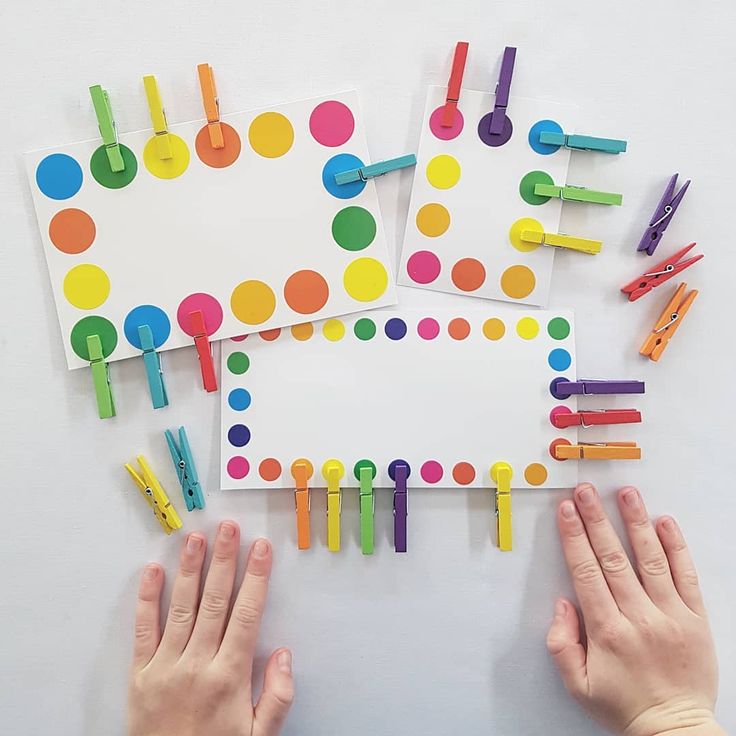 It is important not to overload the child with unnecessary information about the names of 10 shades of green or red. Learn only those shades whose names you can use in the game and life.
It is important not to overload the child with unnecessary information about the names of 10 shades of green or red. Learn only those shades whose names you can use in the game and life.
Board games for learning colors
Board games are a great way to learn about colors and consolidate knowledge about them. Currently, the stores offer a wide range of similar games for every taste and budget. Choose a game that suits your child.
Educational cartoons
There are many educational cartoons on the Internet that will help your child memorize colors quickly. Here is one of them:
Educational books
If your little one loves to listen to stories and look at pictures, this is the way for you. We all remember the wonderful story of V.G. Suteev "Rooster and paints", by S.Ya. Marshak has a whole “Colorful book”. You can also find many educational books that will become your faithful assistants.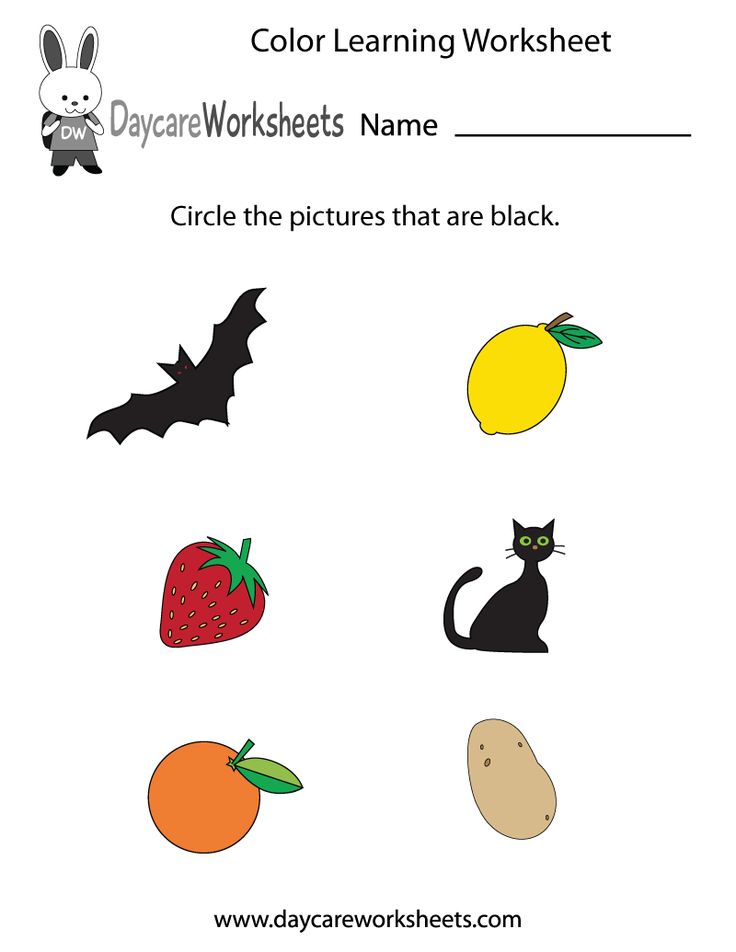
Conclusions
We have listed for you different color learning games. In order for a child to master the concept of color well, it is worth adhering to a number of principles: do not rush the baby, provide a variety of material for games, discuss what you see.
Conclusion
You can start studying colors from an early age, the main thing is that it is interesting for the child. It is impossible to specify clear age limits when a child should learn primary colors. This process, like all development, is individual for each baby. The Sozvezdie Development Center has created a Montessori environment for kids, aimed at the comprehensive development of the child. In the classes "Together with Mom" children in a playful way get acquainted with the concepts of color, shape and size, do thematic creative work. You can learn from our teachers how to interest a child in an activity and how to properly present him with cognitive information. Develop with us!
Prepared by a Montessori teacher
Sokolova Oksana
Learning colors - printable cards
In this material, we have prepared developing cards for your kids, with which you can start learning colors with your child.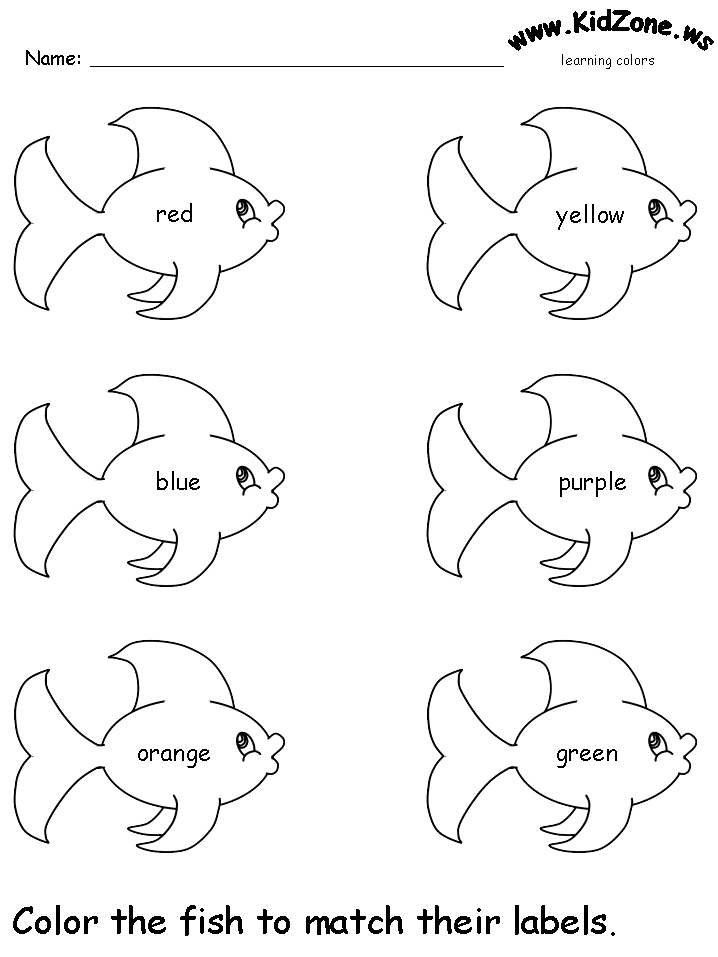 You can also use these manuals when teaching a child to count, printing several copies of pages at the same time, and while studying the properties and shapes of objects with the baby. You can download the cards for free at the bottom of the page under the introductory material, but how you will conduct classes with your child depends on your desire and the age of the baby.
You can also use these manuals when teaching a child to count, printing several copies of pages at the same time, and while studying the properties and shapes of objects with the baby. You can download the cards for free at the bottom of the page under the introductory material, but how you will conduct classes with your child depends on your desire and the age of the baby.
Starting to teach your child, first take 4 cards with primary colors (red, blue, yellow and green), and start learning these colors with your baby until they are fully mastered. In addition to the items we offer in the cards, bring the child in the process of classes, games, while walking and other examples with the colors being studied: this is necessary not only for faster memorization of colors, but also so that the baby does not have an association of a certain color with a specific subject.
It is possible to introduce new colors only when the child has fully mastered the studied material and does not get confused with the names of the primary colors.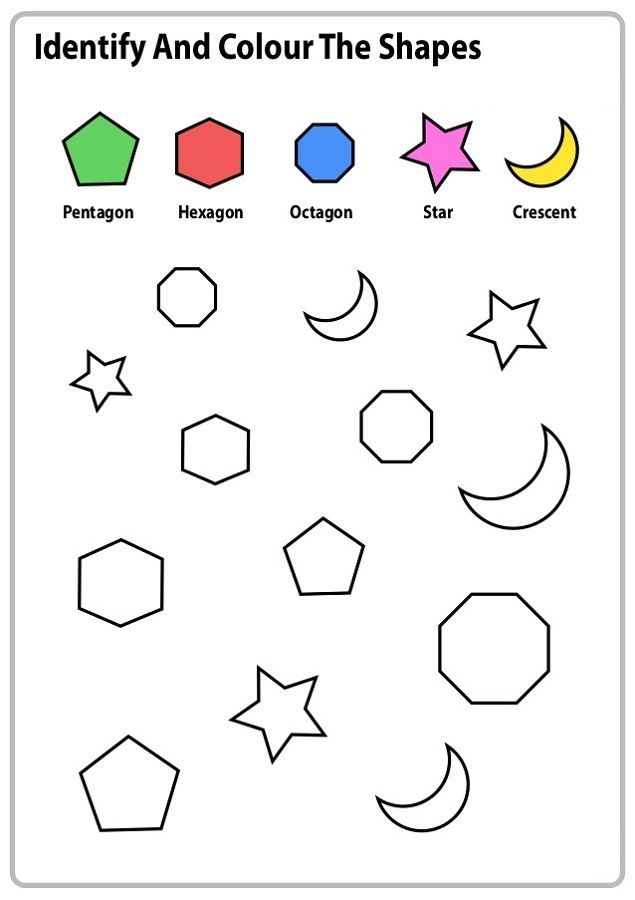 But here, again, there is no hurry: add one new shade at a time to the classes, while repeating the colors already familiar to him with the baby. Use learning cards, colored pencils, give various examples, show your child clearly how you can get one or another shade when mixing colors, for example: mixing red and yellow, we get orange, blue with white - blue and so on.
But here, again, there is no hurry: add one new shade at a time to the classes, while repeating the colors already familiar to him with the baby. Use learning cards, colored pencils, give various examples, show your child clearly how you can get one or another shade when mixing colors, for example: mixing red and yellow, we get orange, blue with white - blue and so on.
We all remember how, at one time, our parents helped us remember the order of the colors of the rainbow by offering to learn a short sentence consisting of seven words: "Every hunter wants to know where the pheasant sits", where each capital letter of the word from the sentence corresponds to the capital letter of a certain color. Try to learn this phrase by heart with your child during the lesson. For example: when collecting a pyramid, you can pronounce a sentence while lining up the colors in the right order so that the baby clearly understands that everyone is red, the hunter is orange, and so on.
If you used all the developing cards while teaching your child, expect new materials to appear on our portal, do not be lazy to also come up with similar tasks yourself, but with different colors and shades.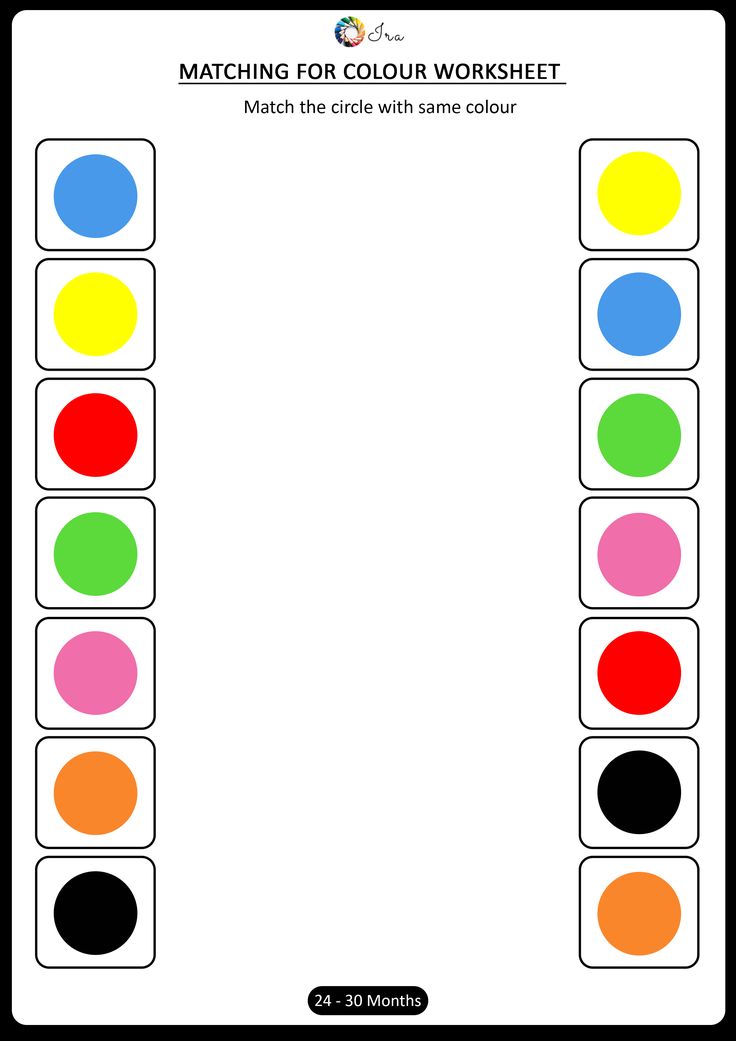 The main thing is to involve the baby in various educational games more often, make the classes useful, fun, exciting and relaxed, and the result will pleasantly please you!
The main thing is to involve the baby in various educational games more often, make the classes useful, fun, exciting and relaxed, and the result will pleasantly please you!
Cards with red color depict: flag, balloon, heart, apple, crayfish and mittens.
Download all cards - Learning colors - you can in the attachments at the bottom of the page
The cards with orange color depict: a pencil, a ball, a leaf, a squirrel, an umbrella and a sofa.
Cards in green depict: tree, ball, bow, armchair, frog and apple.
Cards in yellow show chicken, ball, bananas, cheese, sun and lemon.
Cards with blue color depict: a blot, a balloon, octopuses, threads, a bow and a car.
The blue cards show: a balloon, a T-shirt, a pencil, a chair, a mug and an inkblot.
Cards in purple show: snowflake, balloon, umbrella, stroller, bag and ball.
Also, logical tasks for printing can be very useful for you:
Find the shadow of objects pleasure and impressions.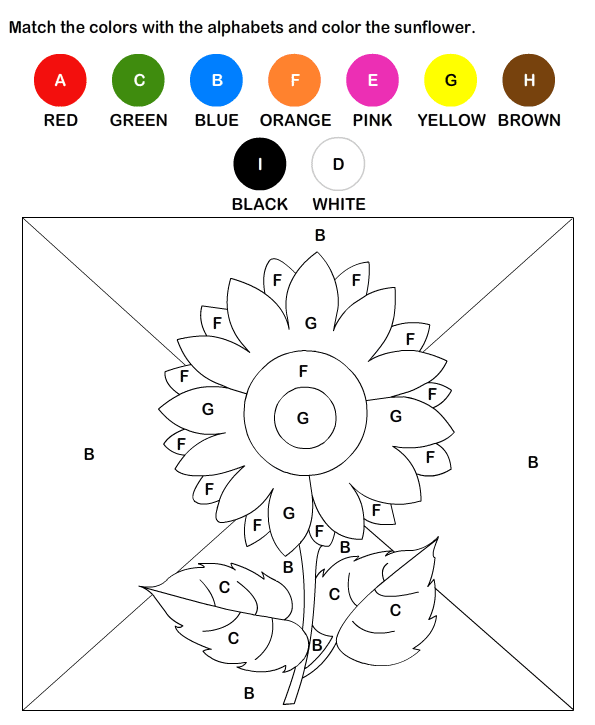
Learn more

